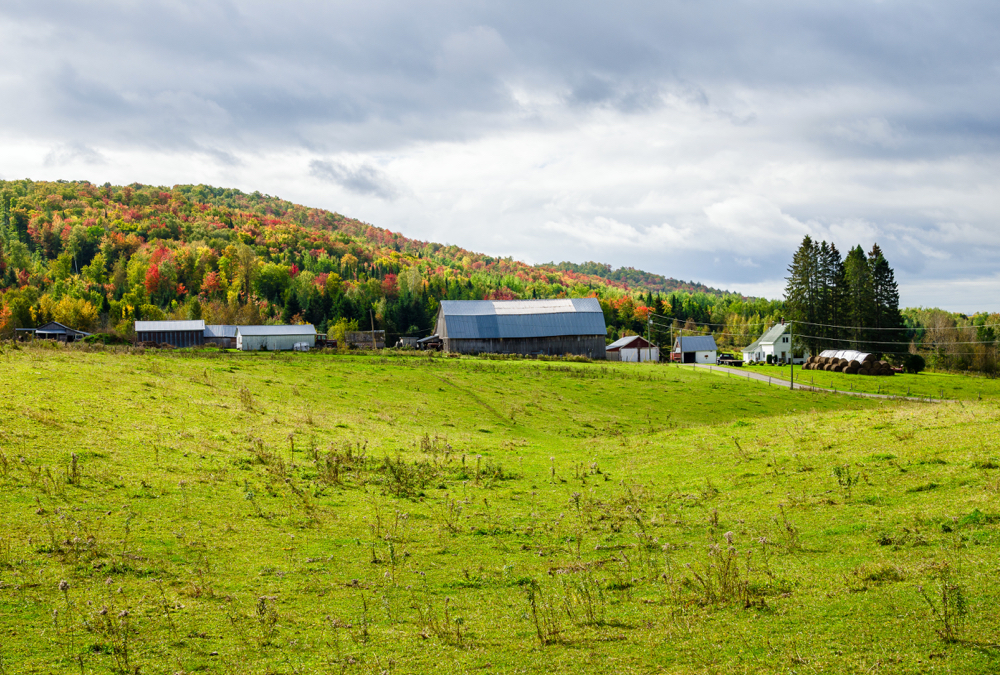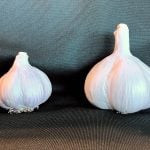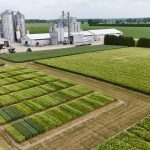At first glance, drought and dairy may not link together. Unless, that is, you are a Prairie forage producer with intentions on selling part of your crop to American producers. Then drought and dairy are intertwined as two main factors in the success of your pursuits.
“We have a good relationship with dairy producers in Wisconsin that has been fortified by our annual visit to the World Dairy Expo held there each year,” says Chris Kletke, a Manitoba forage producer who chairs the Manitoba Forage Marketers Group (MFM). “But it’s a unique business that is somewhat difficult to establish customer loyalty as everything is on a need-to-have priority demand basis.”
Read Also

Agronomists share tips for evaluating new crop products and tech: Pt. 3
With new products, new production practices and new technology converging on the agriculture industry at a frenetic pace in recent…
Kletke points to 2012 as an example. Manitoba-grown hay that normally would have been earmarked for dairy farms in Wisconsin was being shipped to beef operations in West Texas as a stop-gap measure to help get those producers through drought conditions. Beef producers in West Texas needed the product and stepped up financially to ensure they received it. It was simply the basic supply-and-demand principle at work.
Last February, Kletke was joined by fellow forage producers and marketers Darren Chapman and Jake Heppner on a fact-finding 10-day mission that took the trio through South Dakota, Nebraska, Kansas and Texas to visit feedlots and beef producers to help build a network for future marketing of Manitoba forages.
“It’s always nice to build a network,” says Chapman, who farms near Virden, Man. “They were all in time of need and reaching abroad with interest in our competitive prices. That said, the demand shuts off overnight when the green grass starts growing and showing up in their local regions.”
Prairie reputation
According to the Canadian Forage and Grassland Association website, Canada is the premier supplier of hay, straw and forage products domestically and internationally. Canada exports approximately 600,000 tonnes of forage product annually valued at $150 million, primarily to United States and Asia, with emerging markets in the Middle East and Mexico.
The Prairie provinces of Alberta, Saskatchewan and Manitoba are all active on the export front.
“Prairie hay has a good reputation,” says Glenn Friesen of Manitoba Agriculture, Food and Rural Development (MAFRD). “Our long days and cool nights are conducive to producing forages that increase animal performance.”
The fact-finding mission also brought home several key factors for future marketing success. Included in this report was highlighting transportation as the largest factor in any forage-marketing plan.
“You need to know your product, stand composition, conditions prior to harvest, stored product condition and storage type,” says Chapman. “But you also have to understand the needs of the buyer before making the deal. Often, this includes transportation. You need to know how you are going to get the product to market or the buyer before you make the sale.”
From the Grainews website: Beware of feeding caramelized hay
In this regard, Manitoba producers have explored advantages to support their marketing efforts.
“Manitoba forage producers use packaging that is more transport friendly,” says Chapman. “Other places sell round bales, which are cheaper but come with transportation issues. Manitoba primarily ships medium square bales. Our most common sizes are 3x3x8 bales, and 3x4x8 bales are becoming more popular, especially in straw. We do ship round bales periodically when supply in the United States is extremely short.”
While the proximity to the United States market has developed some strong bonds between Prairie forage producers and their stateside feedlot, dairy and beef networks, there are two international opportunities that the MFM are watching closely.
One is CentrePort, an air/road/rail transportation hub being established just outside Winnipeg.
“We are very interested in CentrePort and how that may influence shipping opportunities via Churchill and we are equally interested in Mexico and the accelerated growth of its dairy operations in the world market,” says Chapman.















